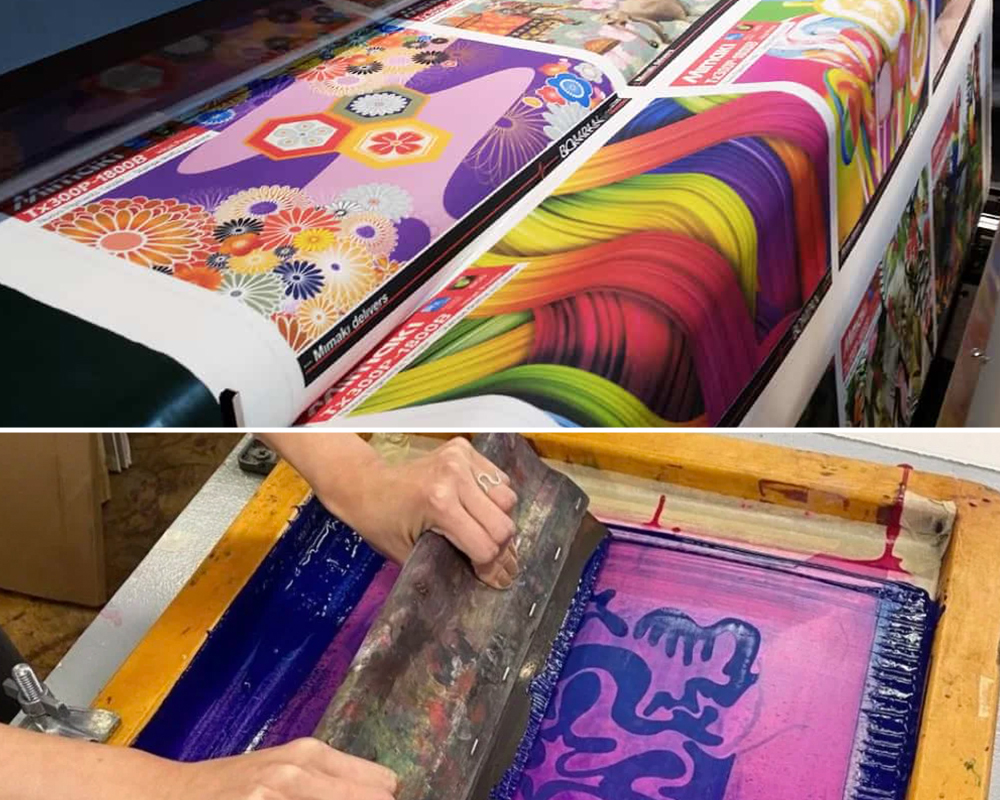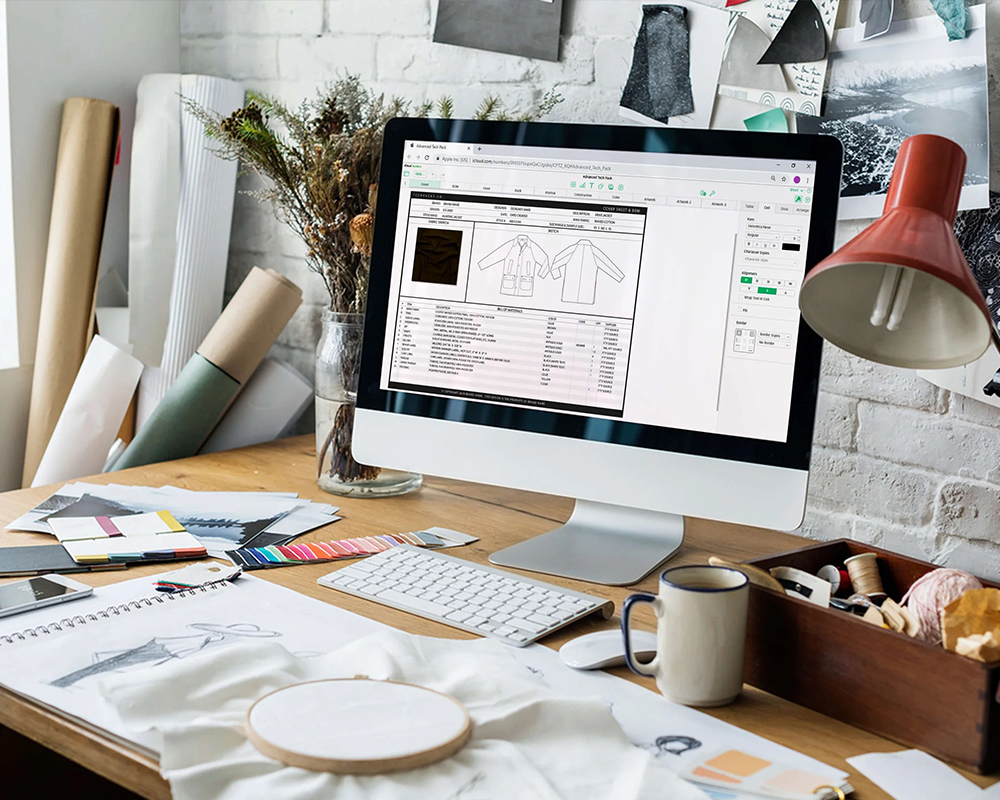When you’re considering different ways to lend your brand image towards an item of clothing, weather you are starting new clothing line or expanding the old one, some popular options are commonly used, such as screen printing or embroidery. Both methods have their pros and cons, and which one will be more beneficial to your situation will depend entirely on you. In this guide, we’ll take the time to compare printing vs embroidery in an above-average level of detail – from print quality to cost-effectiveness. By the end you should have a good idea of which process is best for your project.
What Is Sublimation Printing?
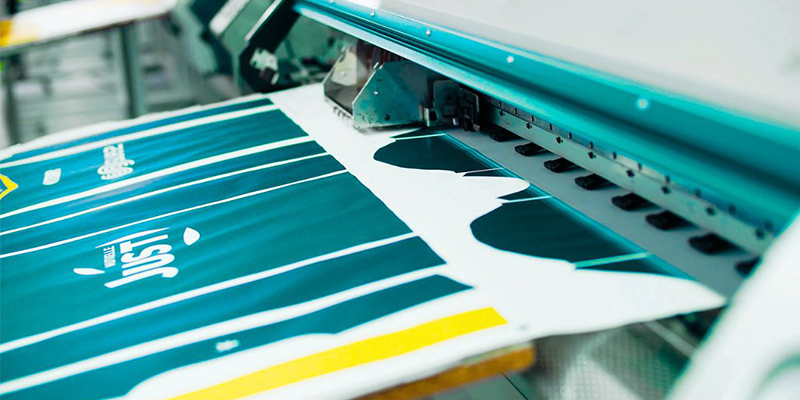
Sublimation printing is a process where heat is used to transfer dye onto materials such as fabric, plastic, or paper. Unlike traditional printing methods that apply ink to the surface of the material, sublimation printing integrates the ink into the fibers, creating vibrant and long-lasting prints. This process works best on polyester-based materials or polymer-coated items.
How Does Sublimation Printing Work?
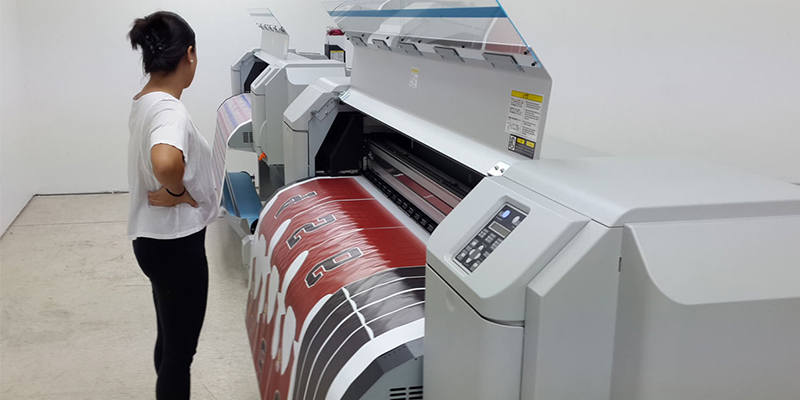
Sublimation printing involves printing the design directly onto special sublimation paper with sublimation ink. First the design is printed and then it’s placed on the item with heat and pressure. The heat causes the ink to transform into a gas, then joins with the fabric and then solidifies into its fibres.
Advantages of Sublimation Printing
- Vibrant and Durable Colors: Sublimation creates rich, full-color prints that won’t fade or peel over time.
- Soft to the Touch: Since the ink is absorbed into the material, sublimated prints feel soft, not raised or thick.
- No Limitation on Design: You can print complex designs, including photo-quality images, without worrying about color restrictions.
- Long-lasting: Sublimated prints are highly resistant to fading, even with repeated washing.
Disadvantages of Sublimation Printing
- Limited Material Choices: Sublimation works best on polyester or polyester-coated materials. It is not suitable for natural fabrics like cotton.
- Initial Equipment Cost: The specialized printers, heat presses, and sublimation inks can be costly to purchase.
- Color Limitation on Dark Fabrics: Sublimation works best on light-colored fabrics. Darker fabrics might not display the true vibrancy of sublimated prints.
Sublimation Supplies
To get started with sublimation printing, you’ll need:
- Sublimation Printer: A specialized printer designed for sublimation ink.
- Sublimation Ink: This ink is different from regular inkjet ink and is crucial for the sublimation process.
- Heat Press: A machine that applies the heat and pressure necessary for sublimation.
- Sublimation Paper: Transfer paper designed to hold the sublimation ink and release it onto the fabric.
- Polyester/Coated Materials: The ideal substrates for sublimation printing.
What Is Screen Printing?
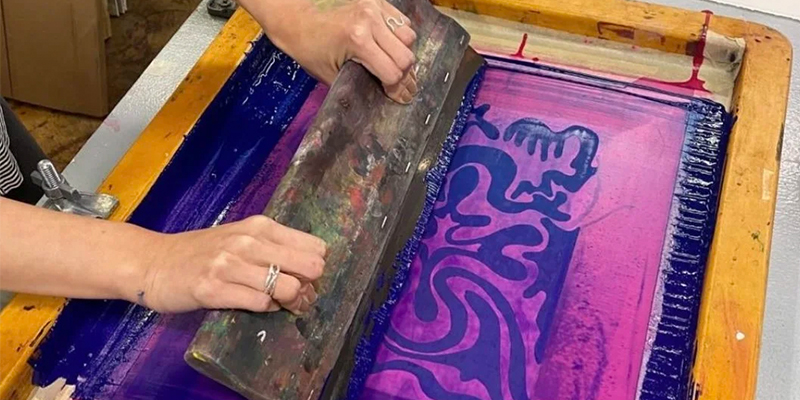
Screen printing, also known as silkscreen printing, is a method where ink is pushed through a mesh screen onto the substrate (usually fabric). A stencil or screen is created for each color in the design, and layers of ink are applied one at a time. This method is highly versatile and can be used on a variety of materials.
How Does Screen Printing Work?
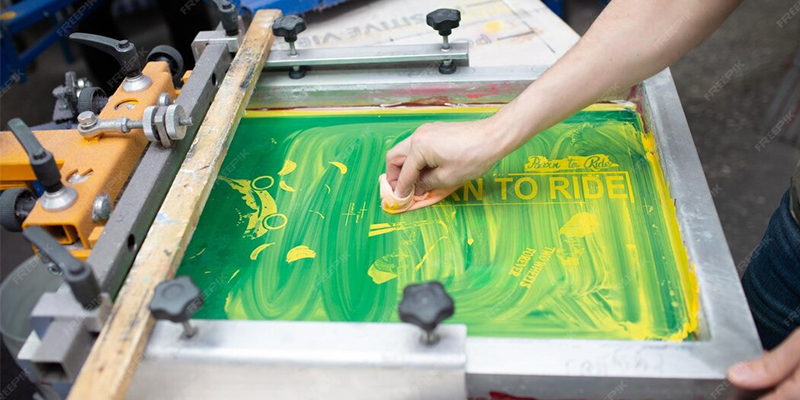
In screen printing, the design is first created on a mesh screen. The screen is coated with emulsion, which is then exposed to light. The light hardens the emulsion, while the areas that are not exposed remain soft and can be washed away, creating a stencil. Ink is then pushed through the screen using a squeegee onto the fabric. Multiple screens are used for designs with more than one color.
Advantages of Screen Printing
- High Durability: Screen printing is ideal for large quantities and produces prints that are resistant to wear and fading.
- Versatility: It can be used on almost any fabric, from cotton to canvas, and can even be applied to plastics and metals.
- Cost-effective for Large Orders: The more items you print, the cheaper it becomes per unit.
- Vibrant and Opaque Colors: The ink sits on top of the fabric, resulting in bright and bold colors.
Disadvantages of Screen Printing
- Setup Costs: The initial setup for screen printing can be costly and time-consuming, especially for multi-color designs.
- Limited Detail: Screen printing isn’t ideal for designs with intricate details or photorealistic imagery.
- Not Ideal for Small Orders: Screen printing is less cost-effective for smaller batches due to setup fees.
Screen Printing Supplies
You will need to have in order to begin with screen printing:
- Screen: The mesh screen upon which you create the stencil design.
- Squeegee: A device that helps to force the ink through the screen.
- Ink: A substance applied to the screen to create the stencil.
- UV Exposure Unit: The light source used for exposing the emulsion to make the stencil.
Sublimation vs. Screen Printing: Key Differences
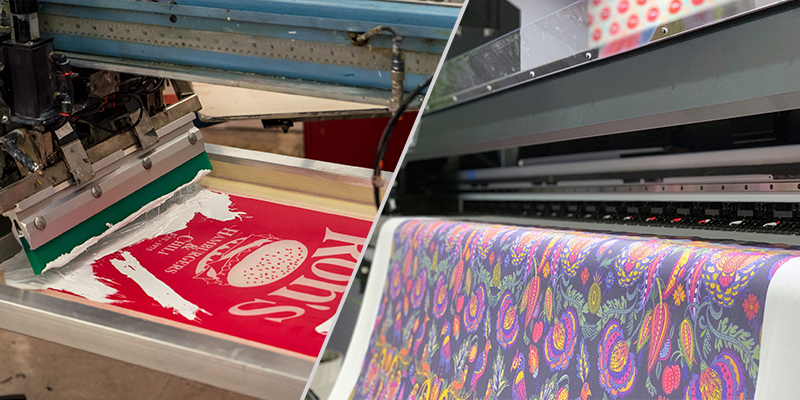
1 Print Quality
Sublimation printing is more detailed, vivid and leaves a smoother finish while screen printing leaves the ink sitting on top of the fabric that is why it looks textured.
2 Durability
On the contrary sublimation provides longer lasting prints that can withstand regular washing and numerous shows without losing their color, and in most cases the garments will outlast any screen printed garment.
3 Print Complexity
Sublimation is fantastic at capturing complex, colorful designs, while screenprinting can have a tough time with fine details – particularly in the case of multiple colors.
4 Number of Colors and Color Merging
Sublimation deals with complex color blends and gradients more easily than screen printing, where distinct screens may be needed for each color.
5 Special Effects
Screen printing has specialty effects, like metallic ink or puff ink that sublimation cannot do.
6 Fabrics and Materials
Sublimation is best for polyester and similar materials, whereas screen printing works with all fabric types, including cotton.
7 Eco-friendliness
Sublimation requires less ink and produces fewer chemical by-products than inks used for screen printing.
8 Cost Efficiency
Smaller runs: Sublimation works well for smaller quantities of t-shirts, with screen-printing becoming economical as the volume increases (thanks to lower per-unit pricing).
9 Consistency
Screen Printing may provide more consistency as it’s people doing the process and in bulk is more engineered, compared to Sublimation across garments but not so great at scale.
10 Items Required
Sublimation, meanwhile, calls for a more specialized setup that includes sublimation inks, transfer paper and heat presses, while screen printing demands screens, squeegees and emulsion.
11 Set-up Time
Sublimation is faster to set up, particularly on smaller quantities than screen printing as it takes less time to prepare the ink and screens.
12 Costs
The initial cost of sublimation printing is lower, but the cost per item for sublimation printing is higher compared to screen printing.
Which Process Is Faster?
Screen print is slow compared to what sublimation can do, especially when you want a small order. It’s faster to set up and takes fewer steps to finish each print. Screen printing, on the other hand, may take a bit longer because you have to use several screens and cure for longer.
How to Determine Which to Use for Your Project
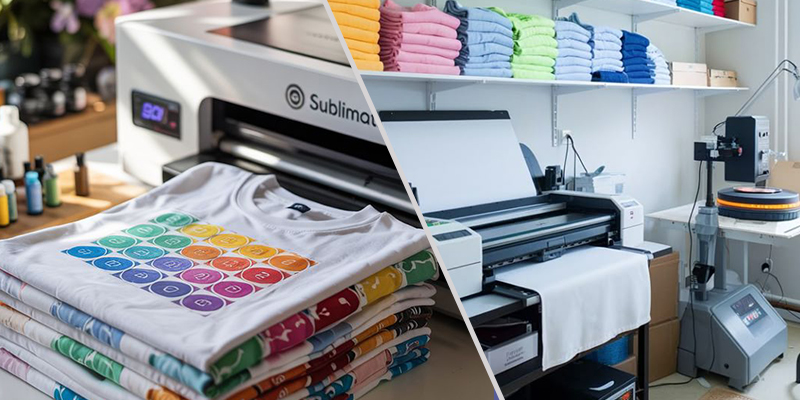
To decide between sublimation and screen printing, consider the following:
- Order size: For large orders, screen printing is more cost-effective. For small runs, sublimation is quicker and cheaper.
- Fabric type: Choose sublimation for polyester or polymer-coated items. Screen printing works on a wider variety of materials.
- Design complexity: If your design has fine details or gradients, sublimation is the better choice.
- Budget: Screen printing requires higher initial investment but can be cheaper for larger orders.
Final Thoughts on Sublimation vs. Screen Printing
Sublimation and screen printing both have a place in the world of custom printing. If you need high quality and more vibrant designs, sublimation is the best for polyester fabrics, whereas screen printing is perfect if you are working with bigger orders and on a variety of materials. Maezensports can provide you with all types of printing services to meet your needs. The decision of which to use will depend on factors such as budget, material compatibility, and design complexity for your project.

